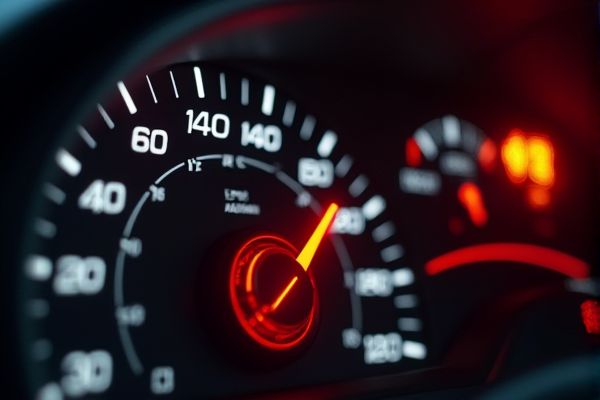
The Mini Countryman's check engine light is a critical diagnostic indicator that signals potential issues within the engine management system, ranging from emissions control to sensor malfunctions such as faults with the oxygen sensor or mass airflow sensor. Prioritizing data from an OBD-II scan--specifically the diagnostic trouble codes (DTCs)--is essential to accurately pinpoint the problem and implement prompt, cost-effective repairs to maintain optimal vehicle performance.
Mini Countryman check engine light on meaning
Transmission Issues
Problems with the transmission system that can trigger the check engine light.
Old Battery
A weak or old battery can cause issues that lead to the check engine light.
Computer Output Circuit Issues
Faults in the computer's output circuits can cause the light to appear.
Emissions Controls Issues
Problems with emissions control systems, such as faulty sensors or components.
Loose Gas Cap or Missing Gas Cap
A gas cap that is not properly secured can cause the check engine light to turn on.
Ignition System Faults
Issues with the ignition system, including spark plugs or ignition coils.
O2 Sensor
A malfunctioning oxygen sensor can cause the check engine light to illuminate.
Bad Spark Plugs
Faulty or worn-out spark plugs can lead to engine misfires and the check engine light.
Fuel and Air Metering Systems Problems
Issues with the systems that measure fuel and air intake.
Faulty Head Gasket
A damaged head gasket can cause serious engine problems.
Malfunction with the Fuel Injection System
Problems with the fuel injection system can lead to performance issues.
Dirty Mass Airflow Sensor
A dirty or faulty mass airflow sensor can affect engine performance.
Defective Emissions Control Part
Faulty components in the emissions control system can trigger the light.
For car users
When your Mini Countryman's check engine light comes on, immediately check for simple issues such as a loose gas cap and monitor your driving for any strange noises or performance changes, then safely stop to prevent further damage. Next, use an OBD-II scanner or take your vehicle to a trusted mechanic for a detailed diagnostic to pinpoint the issue and determine if urgent repairs or routine maintenance are required.
Ignoring the check engine light
Ignoring the Mini Countryman's check engine light can lead to decreased fuel efficiency, increased emissions, and potential engine damage that may escalate repair costs by thousands over time. Prioritizing immediate diagnostic scanning with an OBD-II tool is crucial, as early detection of issues like faulty oxygen sensors or misfires can prevent further costly damage and ensure both safety and optimal vehicle performance.
How to reset?
Connect an OBD-II scanner to your Mini Countryman's diagnostic port, retrieve and note all trouble codes, and then clear them--ensuring that any underlying issues have been properly fixed before the reset. Following the clearance, take the vehicle for a test drive while monitoring system performance to confirm that the check engine light remains off and that the engine and emissions systems are functioning as expected.
When the Mini Countryman's check engine light comes on, the initial diagnostic typically costs between $100 and $150 using an OBD-II scan, which helps pinpoint the issue before any repair work is undertaken. Actual repair costs can vary widely--from around $100 for simple fixes (like sensor replacements) to over $1,000 for more complex problems (such as catalytic converter or transmission issues)--so obtaining a detailed diagnosis is crucial for an accurate estimate.
Future prevention
Keep your Mini Countryman's engine performing optimally by strictly following the manufacturer's scheduled maintenance--regular oil changes, air and fuel filter replacements, and thorough system diagnostics are critical to preventing sensor malfunctions that trigger the check engine light. Additionally, monitor engine performance data such as fuel efficiency, emission levels, and sensor readings frequently, and address any anomalies immediately to avoid long-term damage leading to costly repairs.
